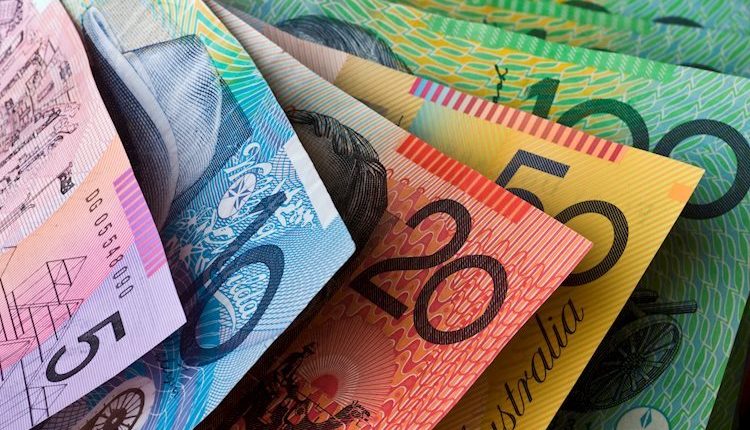- AUD/USD trades down by over 1.50%, hovering around 0.6310 amidst a strengthening USD.
- US inflation data exceeds forecasts, with a 3.7% YoY increase, sparking discussions about the Fed’s monetary policy.
- US jobless claims slightly ease, coming in at 209K, below the anticipated 210K.
- Upcoming Australian inflation expectations data could influence speculations regarding RBA’s monetary policy direction.
The Aussie Dollar (AUD) continued to lose ground versus the US Dollar (USD) on Thursday following the release of US data, which sparked discussions regarding the US Federal Reserve monetary policy path. At the time of writing, the AUD/USD is trading at 0.6310, down more than 1.50%.
Aussie Dollar faces pressure amidst rising US inflation and jobless claims data, eyes on upcoming Australian inflation expectations
The US Bureau of Labor Statistics (BLS) revealed that headline inflation in the US rose above forecasts, with annual basis figures expanding at a 3.7% pace, with estimates of 3.6%. the underlying consumer prices grew at a 4.1% pace on a yearly basis, below projections and the latest reading of 4.3%.
Aside from elevated prices data, jobless claims eased a bit, though they rose by 209K, below forecasts of 210K.
After the data release, the Greenback (USD) advanced, underpinned by soaring US Treasury bond yields, as market participants began to price in the chance for another Fed rate hike. Despite recent dovish rhetoric adopted by most Fed officials, which stressed the US central bank’s need to keep rates higher for longer, without warranting a signal of another rate increase.
Later, the Australian economic docket will feature inflation expectations for one year, with estimates circa 4.8%. If the figure exceeds the latter, that could spark speculations that the Reserve Bank of Australia (RBA) could raise rates toward the year’s end.
AUD/USD Price Analysis: Technical outlook
With the AUD/USD plunging below 0.6400 and extending its losses towards a weekly low of 0.6308, put in danger the 0.6300 level. A breach below the latter, the pair could plunge towards an October 2022 monthly low of 0.6169. On the flip side, if buyers keep the exchange rate above 0.6300, that can pave the way for a rebound toward the 50-day moving average (DMA) at 0.6429.
Read the full article here

